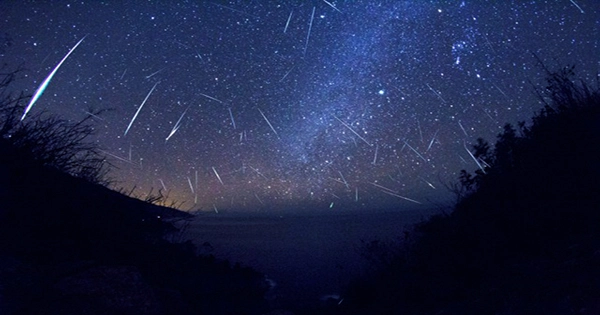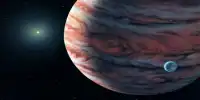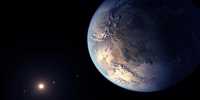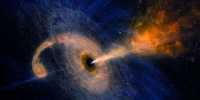A few weeks ago, reports surfaced that a probable meteor storm, the first in two decades, will occur towards the end of May. Researchers are now reporting on the likelihood of a third, and it will happen in only two days. Double asteroid 2006 GY2 might be to blame. Meteor storms are supercharged meteor showers. The finest meteor showers may produce up to 100 celestial streaks each hour, although the majority of them fall into the “less than 20” category. Thousands of rocky debris fall through the atmosphere during meteor storms, which are even rarer, generating cosmic fireworks.
These are extremely unusual circumstances. For it to happen, the Earth must travel through a dense cloud of debris — 2006 GY2, a form of asteroid known as a double minor planet, may offer such a cloud – and forecasting whether or not it will happen is difficult. Comets and certain asteroids leave material behind as they circle the Sun, crossing Earth’s path through the Solar System, resulting in meteor showers. Denser clusters occur frequently, although they can produce anything from a little increase to a historic event, such as the Leonid meteor storm of November 17, 1966, which saw up to 20 meters per second.
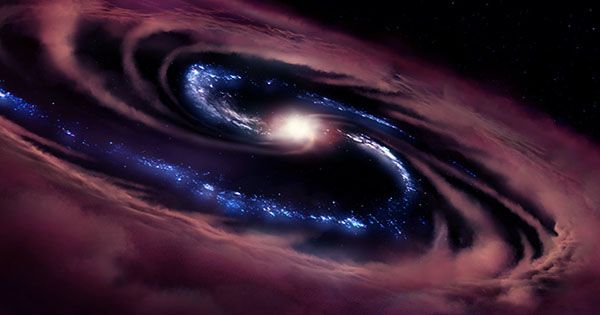
According to the International Meteor Organization, 2006 GY2 has left a trail of debris, which might be large enough to cause a meteor storm. The only thing left is for Earth to cross it, which it is going to accomplish on Sunday, May 15. The “minor planet” is made up of two asteroids, one 400 meters wide (1,310 feet) and the other 80 meters wide (260 feet). On Sunday, the closest approach, which means the debris will reach the atmosphere, is predicted about 10:20 UT (6:20 ET). That implies the United States and Mexico will have the finest view and a higher chance of seeing the meteor storm if it occurs.
However, there is a minor issue. Because the Moon will be almost full — in preparation for the total lunar eclipse on Sunday night – the brightness of our natural satellite may obstruct observations. Meteoroids, as meteors are known before they hit the atmosphere, are typically small, around the size of rice, making it impossible to determine how many are waiting to be grabbed by Earth’s gravity. If the 2006 GY2 meteor storm fails to materialize, the Tau Herculids on May 30-31 might still be the first meteor storm since the Leonid storms of 2001-2002. But we’ll have to wait and see.
